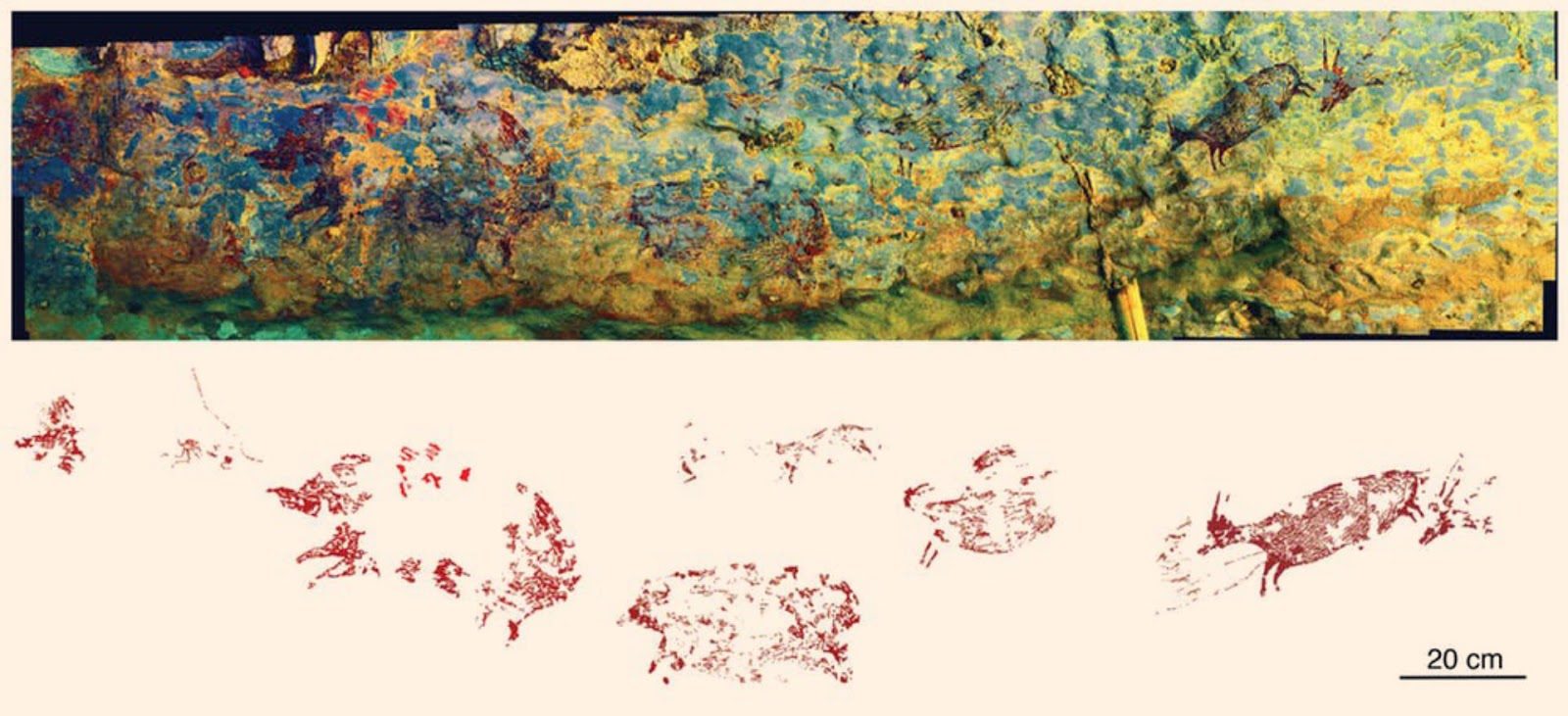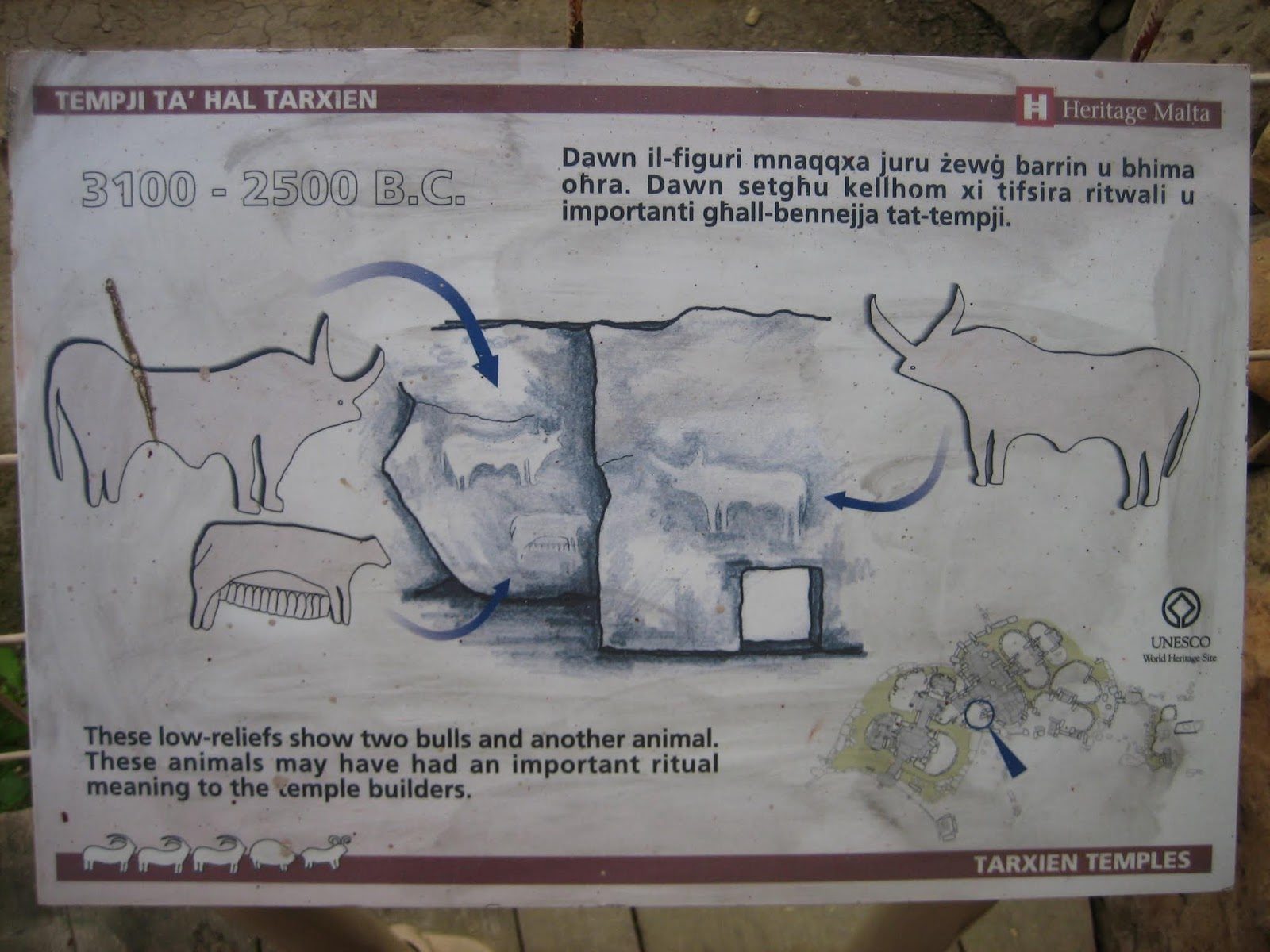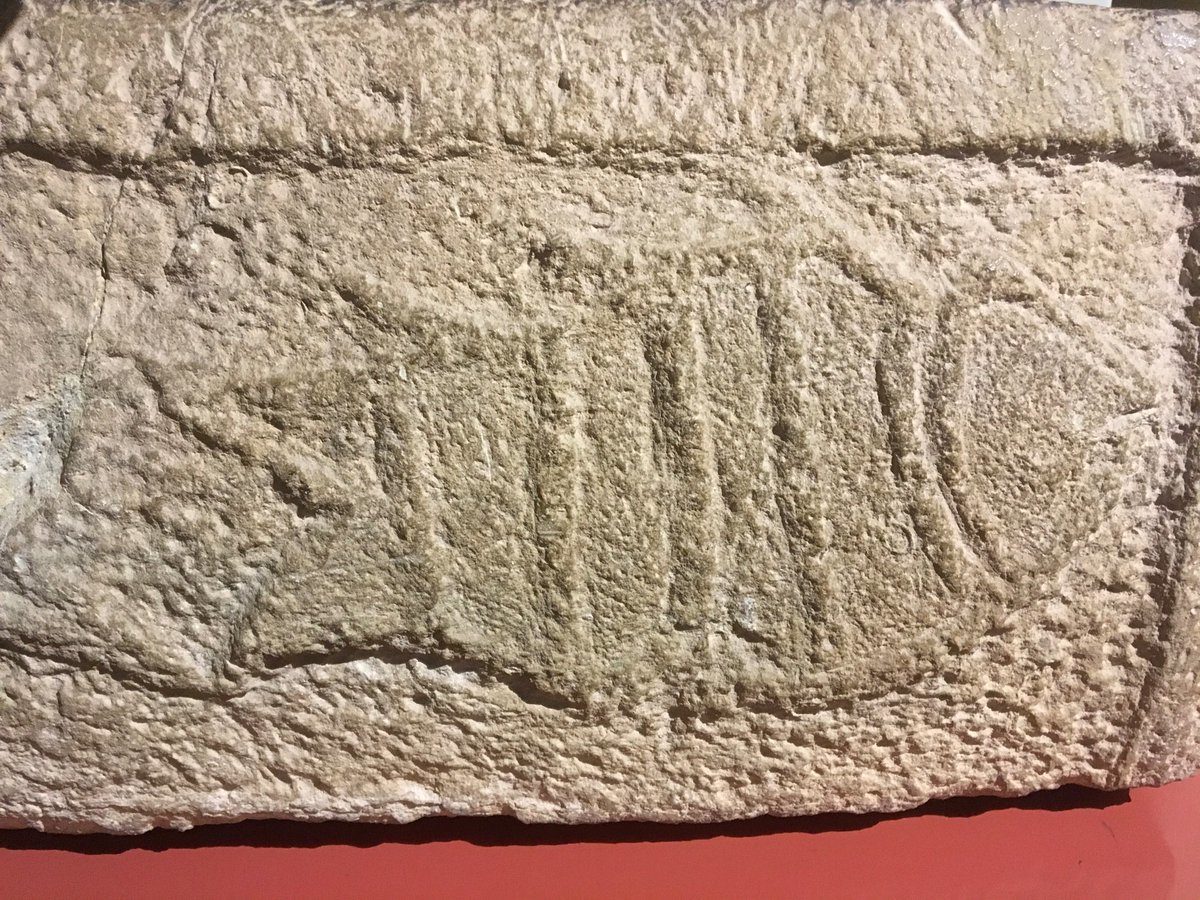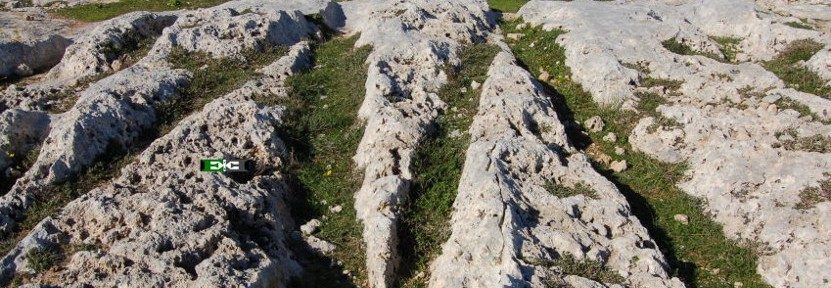Because they are megalithic structures, for which radiocarbon dating is useless, the conventional approach is to date remains found in situ within and near the temples. Of course, this is simply dating the latest occupations of the temples, not necessarily their construction dates. All of the latest work carried out by the FRAGSUS team simply confirms the conventional view that the earliest settlement on the island began around 5200 BC, with the temples being built over the course of a few thousand years, beginning slightly before 4000 BC.
But now we can provide a zodiacal date that shows at least some of the temples were in use before the 8.2 kiloyear event, around 6300 BC. Presumably, then, the islands were depopulated by the 8.2 kiloyear event, which I suspect was another catastrophic encounter with the Taurid meteor stream, that probably also led to the demise of the culture that built the Great Sphinx of Giza. In effect, I suspect there was a well-developed (early Neolithic) Mediterranean culture involving Malta, Egypt, Turkey, the Levant and possibly several other regions, that was largely destroyed by the 8.2 kiloyear event.
Just how advanced this culture was is not clear. Could they have mapped the world? Who knows. Did they cut the giant Baalbek megaliths? Quite possibly. So how does the zodiacal dating of these Maltese temples work? Zodiacal dating is a disruptive 'technology'. It challenges, and overturns, core archaeological assumptions of 'gradualism' and 'cultural evolution', currently believed wholesale by the bulk of the archaeological academic community, which deny the possibility of a widespread ancient culture that recorded the many destructions of their world in terms of great artworks.
To zodiacally date the Maltese temples we need to look for animal symbols with cultic significance. At Tarxien temple we have a row of ibex together with a boar (or sow) and bull (see the stone carving above). The final animal in this sequence looks like a ram, but is almost certainly a bull. We know this because the ram is inconsistent with the boar, which we have only just recently decoded (see the previous post). Also, there are large wall carvings at Tarxien clearly showing a bull and sow.
This frieze is recognised to be two bulls and a sow feeding her piglets. Now, according to our ancient zodiac, the bull represents Capricornus, and we now know the boar (or sow) represents a currently unused asterism between Capricornus and Sagittarius. We also know that when two adjacent symbols are used, they indicate the relevant solstice or equinox is in transition between them. This example at Tarxien is now the earliest example of this kind. Immediately, this gives a date somewhere between 6700 and 6300 BC or so, using the autumn equinox, because we don't know exactly how the boar constellation is defined.
We also see the bull-boar combination repeated in the 'Shrine of the Hunters' at Catalhoyuk. This is a wall painting in one of the upper levels, level 4 or 5 I think, which dates to around 6400 to 6300 BC. And, we see the bull-boar pairing at the extremely early Palaeolithic site in Sulawesi, recently revealed to the world.

We also know of a bull painting on the walls of the Hypogeum that was deliberately erased - see Graham Hancock's Underworld for a discussion of this vandalism by the Maltese authorities. So we can be fairly sure the carving in the top image is of a bull and not a ram.
However, the ibex symbols on the top image narrow this date range down to no earlier than 6300 BC, because then the spring equinox constellation would be Cancer, represented by the feline symbol, for earlier dates. The large number of ibexes here supports this view, because they represent the spring equinox constellation (Gemini), which would have been very important, and begins around 6300 BC.
The remaining animal symbols at 6300 BC should be the bear (or dog/wolf) representing the summer solstice constellation (Virgo at this time) and the bending bird (or fish) symbol representing the winter solstice constellation (Pisces at this time). I don't know of any bear or dog symbols, but at Bugibba temple we have several carved fishes.
So this confirms a date of around 6300 BC, just before the 8.2 kiloyear event, for usage of the Maltese temples Now, to be clear, I have not selected these animals symbols from a large pool in order to construct this story. These are the ONLY animals symbols carved on megalithic blocks associated with these temples on all of Malta. There are no other animal symbols available.
Does this mean these temples were constructed just before the 8.2 kiloyear event, and then immediately destroyed - very bad timing indeed. Probably not. What it shows is that these temples were in use at this time. Quite possibly, these were the symbols in use at the very instant of the destruction of this early culture by the 8.2 kiloyear event - we can think of them as being like the stuck hands of a broken watch, with the time set to the date of the 8.2 kiloyear event.
Quite possibly, we can associate Malta's many 'cart tracks' to this same culture. Perhaps they were used to drag or cart the many megalithic temple blocks across the island. These tracks are known to continue under the sea in certain places off the coast of Malta. Similar cart tracks are seen in many Mediterranean countries, including Italy and Turkey. There are also suggestions of undersea temples submerged under many meters of water of the coast of Malta, indicating an early construction date for these temples. However, the possibility of undersea temples has been ignored by academia.
It appears, then, that an ancient Mediterranean culture was destroyed by the 8.2 kiloyear event. This early Neolithic culture might be remembered by the ancient Egyptians as 'Zep Tepi', or 'The First Time'.







The digital 'tracking' of the wall image version appears to be highly optimistic in it's interpretation. I'd have to assume that the software it trying to match already 'known' wall art image interpretations rather than trying to match to any/all animal forms/types!!!